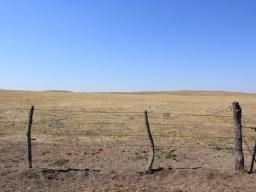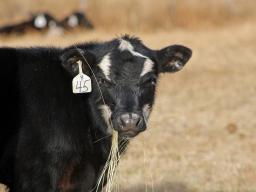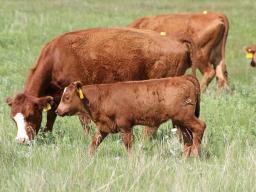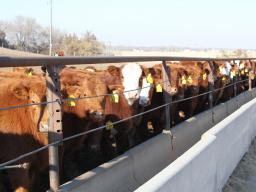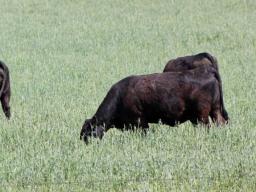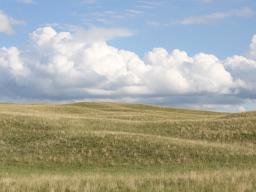 As spring approaches most producers are anxious to get cows out of the lot and make use of early spring grazing. While there are certainly some advantages to sending pairs out into fresh air and wide open spaces, there are some forage availability and diet quality considerations producers need to ev Continue reading…
As spring approaches most producers are anxious to get cows out of the lot and make use of early spring grazing. While there are certainly some advantages to sending pairs out into fresh air and wide open spaces, there are some forage availability and diet quality considerations producers need to ev Continue reading…
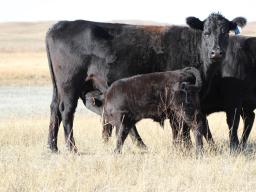 This study by Dustin L. Pendell Ph.D. and Kevin L. Herbel can be found at the Kansas State University website http://www.agmanager.info/. Review and summary by Aaron Berger, Nebraska Extension Educator.
This study by Dustin L. Pendell Ph.D. and Kevin L. Herbel can be found at the Kansas State University website http://www.agmanager.info/. Review and summary by Aaron Berger, Nebraska Extension Educator.
Dr. Dustin Pendell and Kevin Herbel recently published a paper that highlighted the differenc Continue reading…
 Colostrum, or first milk produced by the mother after birth, is high in nutrients and antibodies. A newborn calf lacks disease protection because antibodies do not pass across the cow’s placenta to the fetus’ circulatory system. Antibodies in colostrum provide calves with their initial protection. Continue reading…
Colostrum, or first milk produced by the mother after birth, is high in nutrients and antibodies. A newborn calf lacks disease protection because antibodies do not pass across the cow’s placenta to the fetus’ circulatory system. Antibodies in colostrum provide calves with their initial protection. Continue reading…
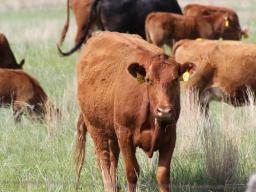 Estrus synchronization optimizes labor and time, and improves the ease of using artificial insemination (AI) (Lamb et al., 2009). Use of AI allows access to superior genetics, accelerates genetic change within a herd, and is frequently less expensive than natural service (Johnson and Jones, 2004). S Continue reading…
Estrus synchronization optimizes labor and time, and improves the ease of using artificial insemination (AI) (Lamb et al., 2009). Use of AI allows access to superior genetics, accelerates genetic change within a herd, and is frequently less expensive than natural service (Johnson and Jones, 2004). S Continue reading…
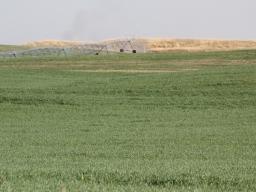 Current corn prices coupled with reduced perennial pasture availability have producers asking questions about the economics of using cropland to produce forage for cow/calf production. This was the subject of a webinar offered by Nebraska Extension on the evening of February 13. Three specific ques Continue reading…
Current corn prices coupled with reduced perennial pasture availability have producers asking questions about the economics of using cropland to produce forage for cow/calf production. This was the subject of a webinar offered by Nebraska Extension on the evening of February 13. Three specific ques Continue reading…
 As spring approaches most producers are anxious to get cows out of the lot and make use of early spring grazing. While there are certainly some advantages to sending pairs out into fresh air and wide open spaces, there are some forage availability and diet quality considerations producers need to ev Continue reading…
As spring approaches most producers are anxious to get cows out of the lot and make use of early spring grazing. While there are certainly some advantages to sending pairs out into fresh air and wide open spaces, there are some forage availability and diet quality considerations producers need to ev Continue reading…



